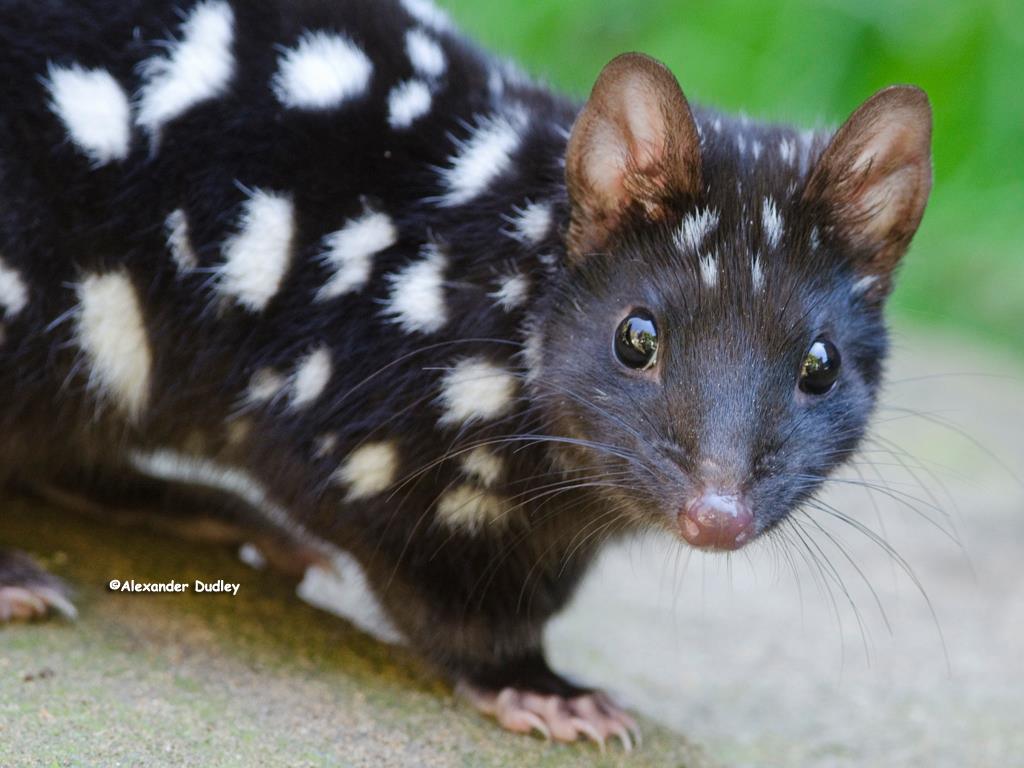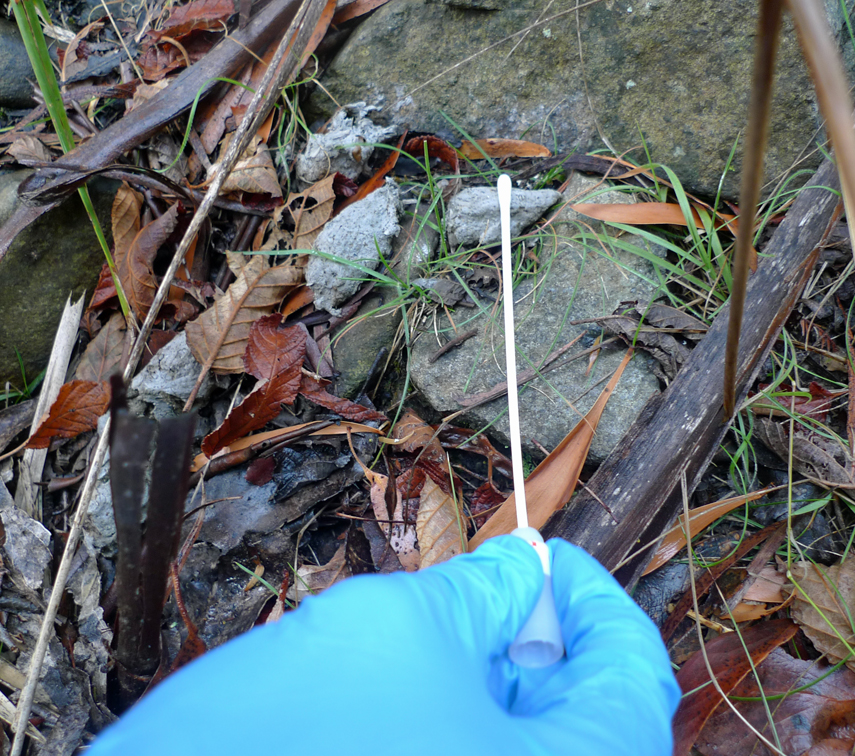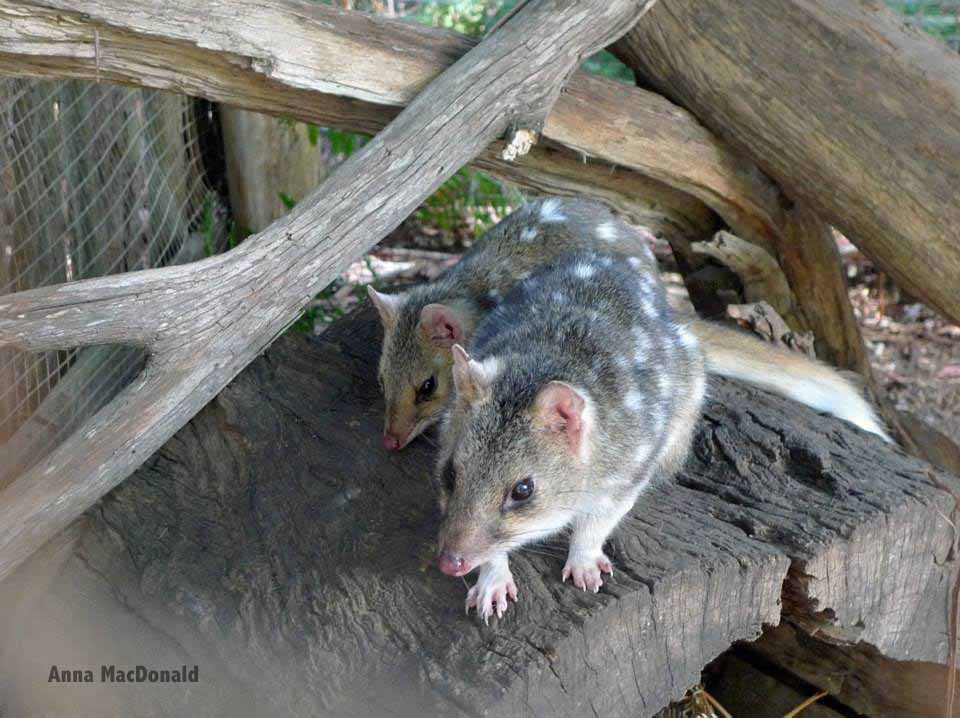Anna MacDonaldI'm a biologist with interests in genetics, conservation, ecology, invasive species, and wildlife management. Archives
May 2019
Categories
All
|
Back to Blog
Click here to read the full post at WildlifeSNPits:
It was about 4am on a dark Tasmanian morning and I was heading for Hobart airport for a 6am flight. I was driving along twisting country roads, taking it easy for the sake of ambush wombats and my rental car excess. Rounding a corner I saw a movement on the road, I saw spots, white on brown covering the body and tail, and I just had time for a glimpse of the whole creature as it turned to run for the bushes. And that was it! My first ever glimpse of a wild quoll! Several years would pass before my next, also in Tasmania, this time a female eastern quoll and her four half-grown young. Although two species of quoll still persist in Tasmania, they are no longer common near Canberra where I live. In fact, despite their former abundance, quolls are in decline across much of Australia, and conservation of these native marsupial predators and their ecological roles is paramount. As native predators such as quolls have disappeared from the Australian landscape, they have been replaced by introduced species. This is no coincidence: there is good evidence that cats and foxes have negative impacts on quolls, as well as many other Australian animals. So, if cats are bad for Australia, but quolls are good, what can we do to reduce the impacts of cats, and promote quoll conservation?
1 Comment
Read More
Back to Blog
Click here to read the full post at WildlifeSNPits:
If you open a few recent journals with a focus on conservation or ecology, the chances are that you won’t be too far away from a paper that uses environmental DNA (eDNA). In fact, Biological Conservation currently has a special issue on environmental DNA as a tool for conservation, which I’ve added to my reading list for #365papers. Genetics has been a handy tool for conservationists for a few decades now, and since the 1990s non-invasive genetic analyses, have become increasingly common. More recently, the revolution in high throughput and massively parallel DNA sequencing technologies has allowed us to tackle questions that were thought impossible even just a few years ago, including complex investigations of mixed environmental samples. You can measure biodiversity from the DNA in a soil or water sample. You can study the diets of cryptic predators through genetic analysis of their faeces. It’s all very exciting!
Back to Blog
Click here to read the full post at WildlifeSNPits:
Today, 26th January, is Australia Day. This is Australia’s national holiday, marking the arrival on this day in 1788 of the British First Fleet at Port Jackson in New South Wales. Of course one might wonder whether the anniversary of the proclamation of British sovereignty over eastern Australia is an appropriate date to celebrate Australian unity and culture. No one can deny that indigenous Australian communities have suffered – and are still suffering – extreme hardships following the establishment of British rule on this continent, and 26th January has other names: “Invasion Day”, “Survival Day”, “Day of Mourning”… This topic is not my field of expertise so I won’t expand further, but I encourage you to learn more about different perspectives here, here, here, here, here, here and here. What I do want to write about today is biodiversity and conservation in Australia, and the status of Australian wildlife in the society that has developed in the 227 years since January 26th 1788. Unfortunately I don’t think there is too much to celebrate... |
 RSS Feed
RSS Feed


